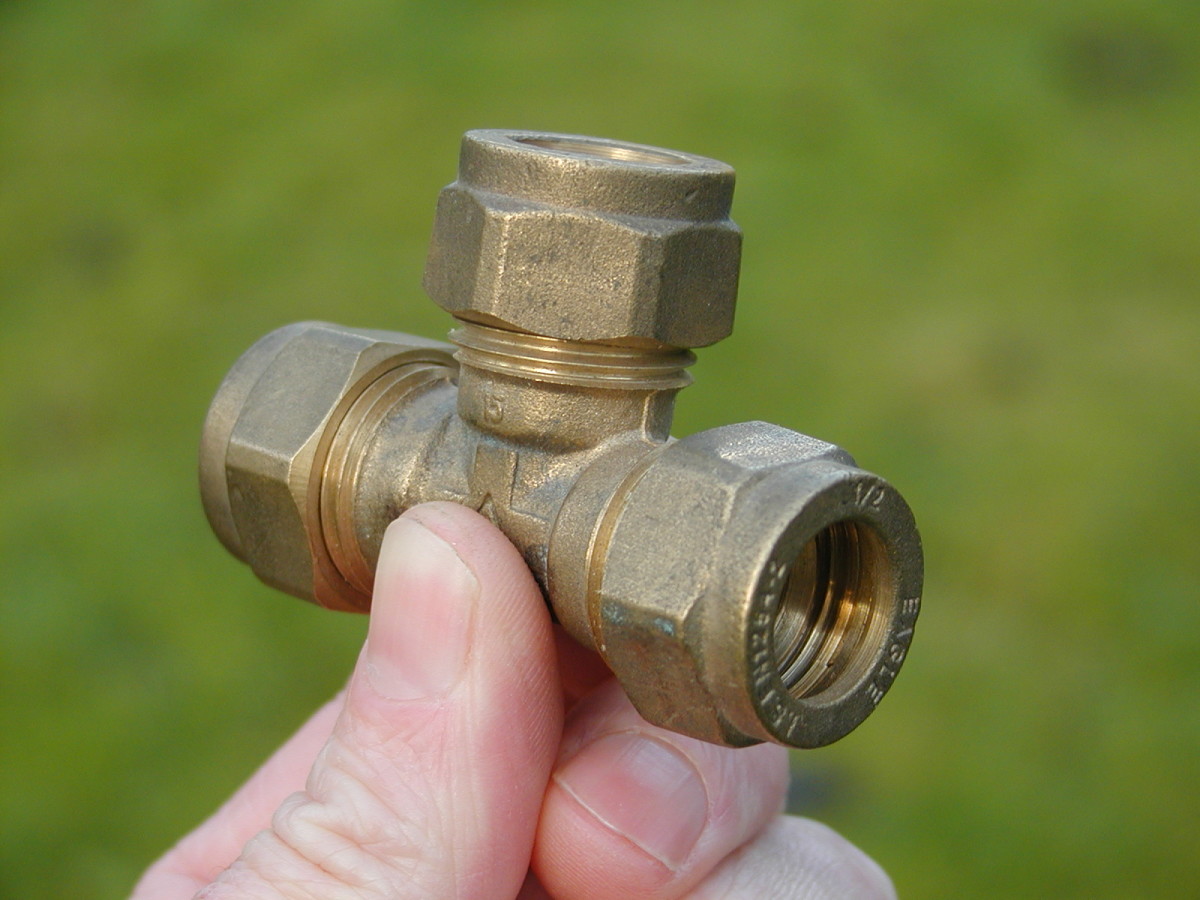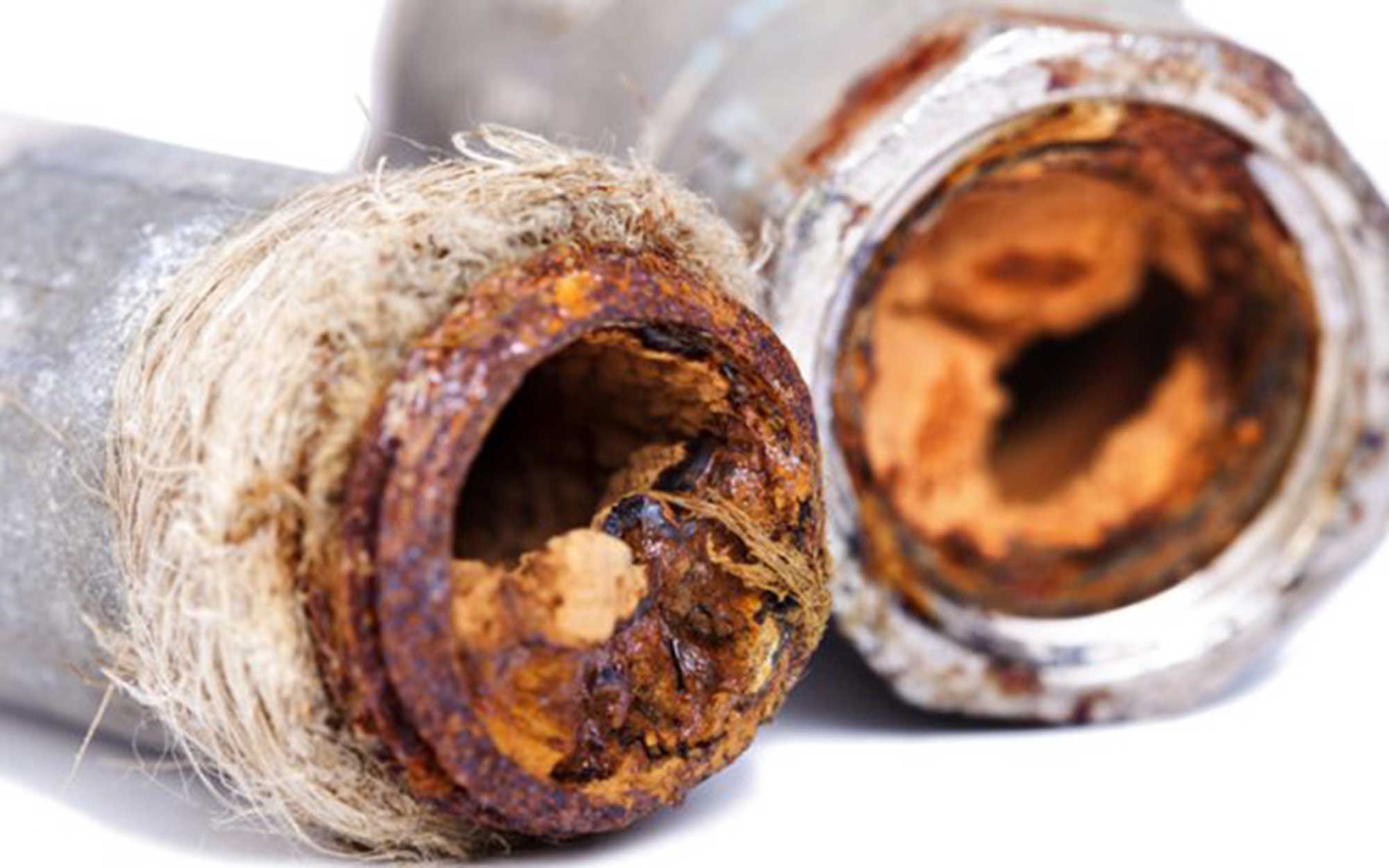Listed here below yow will discover a good deal of quality ideas regarding Why Do My Plumbing Pipes Make A Knocking Noise.

To detect loud plumbing, it is essential to identify initial whether the undesirable noises happen on the system's inlet side-in various other words, when water is transformed on-or on the drainpipe side. Noises on the inlet side have differed reasons: too much water stress, worn valve and also tap parts, improperly connected pumps or various other appliances, inaccurately put pipe bolts, as well as plumbing runs including too many limited bends or various other restrictions. Sounds on the drainpipe side typically stem from bad place or, just like some inlet side noise, a layout having limited bends.
Hissing
Hissing sound that occurs when a tap is opened somewhat generally signals extreme water stress. Consult your regional water company if you presume this issue; it will have the ability to tell you the water stress in your area and also can set up a pressurereducing valve on the inbound supply of water pipeline if necessary.
Thudding
Thudding sound, typically accompanied by shuddering pipelines, when a tap or appliance shutoff is shut off is a problem called water hammer. The sound as well as vibration are brought on by the resounding wave of stress in the water, which all of a sudden has no location to go. Occasionally opening a valve that releases water promptly into an area of piping having a restriction, arm joint, or tee installation can produce the exact same problem.
Water hammer can typically be healed by mounting fittings called air chambers or shock absorbers in the plumbing to which the trouble shutoffs or taps are connected. These devices enable the shock wave produced by the halted circulation of water to dissipate airborne they contain, which (unlike water) is compressible.
Older plumbing systems may have brief vertical sections of capped pipeline behind wall surfaces on faucet competes the very same objective; these can eventually loaded with water, minimizing or damaging their performance. The cure is to drain the water system totally by shutting off the primary water system shutoff and opening up all taps. Then open the primary supply shutoff and also shut the faucets individually, beginning with the faucet nearest the valve as well as finishing with the one farthest away.
Chattering or Screeching
Extreme chattering or shrilling that takes place when a shutoff or tap is switched on, which generally goes away when the installation is opened totally, signals loosened or defective interior parts. The service is to replace the valve or faucet with a new one.
Pumps and devices such as cleaning machines and also dish washers can move motor sound to pipelines if they are poorly attached. Connect such products to plumbing with plastic or rubber hoses-never stiff pipe-to isolate them.
Other Inlet Side Noises
Creaking, squeaking, damaging, breaking, as well as tapping typically are caused by the development or tightening of pipelines, typically copper ones supplying hot water. The audios take place as the pipes slide against loose fasteners or strike neighboring residence framework. You can typically determine the place of the problem if the pipelines are revealed; just comply with the noise when the pipes are making sounds. More than likely you will certainly find a loosened pipe hanger or a location where pipes lie so close to floor joists or other framing items that they clatter versus them. Attaching foam pipe insulation around the pipes at the point of call should correct the problem. Make certain straps and wall mounts are secure and also provide appropriate support. Where possible, pipeline fasteners need to be connected to substantial structural aspects such as foundation wall surfaces rather than to framing; doing so minimizes the transmission of vibrations from plumbing to surfaces that can amplify as well as transfer them. If affixing fasteners to framework is unavoidable, cover pipes with insulation or various other resilient material where they contact fasteners, and also sandwich the ends of new fasteners between rubber washers when mounting them.
Fixing plumbing runs that deal with flow-restricting tight or many bends is a last option that should be carried out just after seeking advice from an experienced plumbing specialist. Unfortunately, this scenario is fairly usual in older houses that may not have actually been constructed with indoor plumbing or that have seen a number of remodels, especially by amateurs.
Drain Sound
On the drainpipe side of plumbing, the chief goals are to get rid of surfaces that can be struck by falling or rushing water and also to insulate pipes to include inescapable audios.
In new building, bath tubs, shower stalls, commodes, and wallmounted sinks as well as containers need to be set on or versus resistant underlayments to lower the transmission of audio via them. Water-saving toilets as well as taps are much less noisy than traditional versions; mount them instead of older types even if codes in your location still permit utilizing older components.
Drains that do not run up and down to the cellar or that branch right into straight pipeline runs supported at floor joists or other framing present particularly troublesome sound problems. Such pipes are big sufficient to emit substantial resonance; they additionally lug significant amounts of water, which makes the situation worse. In brand-new construction, specify cast-iron soil pipes (the large pipes that drain toilets) if you can afford them. Their massiveness has a lot of the sound made by water passing through them. Likewise, prevent directing drains in wall surfaces shown rooms and also areas where people gather. Walls containing drainpipes should be soundproofed as was described earlier, making use of dual panels of sound-insulating fiber board as well as wallboard. Pipes themselves can be wrapped with special fiberglass insulation made for the objective; such pipes have an impervious vinyl skin (sometimes having lead). Outcomes are not constantly adequate.
WHY IS MY PLUMBING MAKING SO MUCH NOISE?
This noise indeed sounds like someone is banging a hammer against your pipes! It happens when a faucet is opened, allowed to run for a bit, then quickly shut — causing the rushing water to slam against the shut-off valve.
To remedy this, you’ll need to check and refill your air chamber. Air chambers are filled with — you guessed it — air and help absorb the shock of moving water (that comes to a sudden stop). Over time, these chambers can fill with water, making them less effective.
You’ll want to turn off your home’s water supply, then open ALL faucets (from the bathroom sink to outdoor hose bib) to drain your pipes. Then, turn the water back on and hopefully the noise stops! If you’re still hearing the sound, give us a call to examine further.
Whistles
Whistling sounds can be frustrating, as sometimes the source isn’t easily identified. However, if you can pinpoint which faucet or valve that may be the cause, you’ll likely encounter a worn gasket or washer — an easy fix if you replace the worn parts!Whistling sounds from elsewhere can mean a number of things — from high water pressure to mineral deposits. Your best plan of attack here is to give our plumbing experts a call. We’ll be able to determine where the noise is coming from and what the cause may be, then recommend an effective fix!
Cracks or Ticks
Cracking or ticking typically comes from hot water going through cold, copper pipes. This causes the copper to expand resulting in a cracking or ticking sound. Once the pipes stop expanding, the noise should stop as well.
Pro tip: you may want to lower the temperature of your water heater to see if that helps lessen the sound, or wrapping the pipe in insulation can also help muffle the noise.
Bangs
Bangs typically come from water pressure that’s too high. To test for high water pressure, get a pressure gauge and attach it to your faucet. Water pressure should be no higher than 80 psi (pounds per square inch) and also no lower than 40 psi. If you find a number greater than 80 psi, then you’ve found your problem!
Next step is to give us a call in order to install a pressure regulator. Trust us, you don’t want to wait to resolve this issue. Not only is the sound annoying, but high water pressure can be destructive to your home — including damaging certain appliances, like your washer and dishwasher.
Dripping
You might be accustom to the slow quiet drip your kitchen faucet makes. You might have even tuned out your bathroom sink dripping and drabbing all day long — but it’s time to find its cause.
A slow drip could signify a variety of easy to fix issues, such as a worn out O ring, or loose part. And by ignoring the drip, you could be wasting up to 2,000 gallons of water a year! So start conserving water — get it looked at ASAP.
https://www.pwessig.com/blog/2018/december/why-is-my-plumbing-making-so-much-noise-/

As a keen reader on Why is My Home Making Strange Plumbing Noises, I imagined sharing that section was a smart idea. Enjoyed our article? Please share it. Let others find it. Thanks for taking the time to read it.
Call Us Today